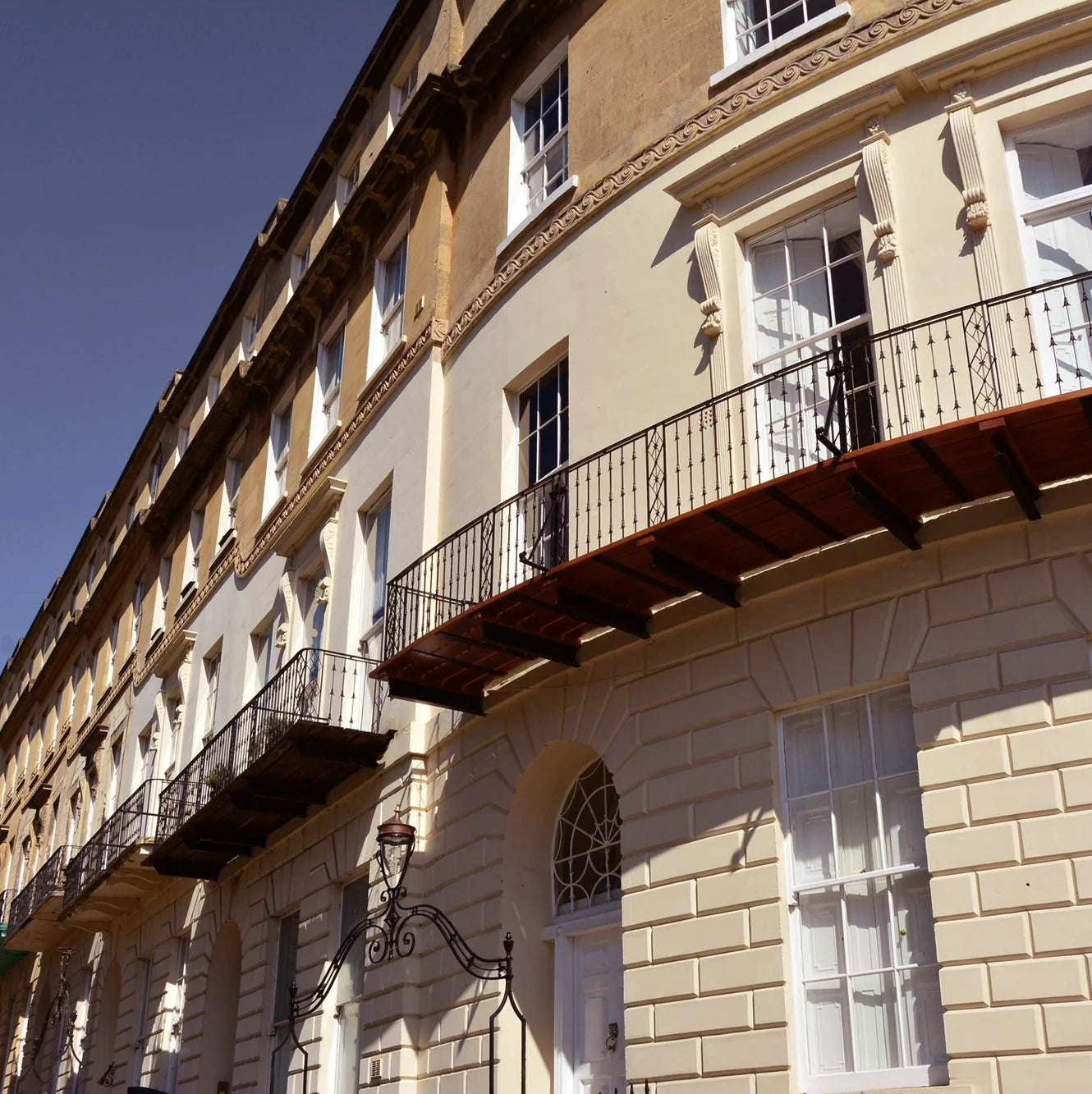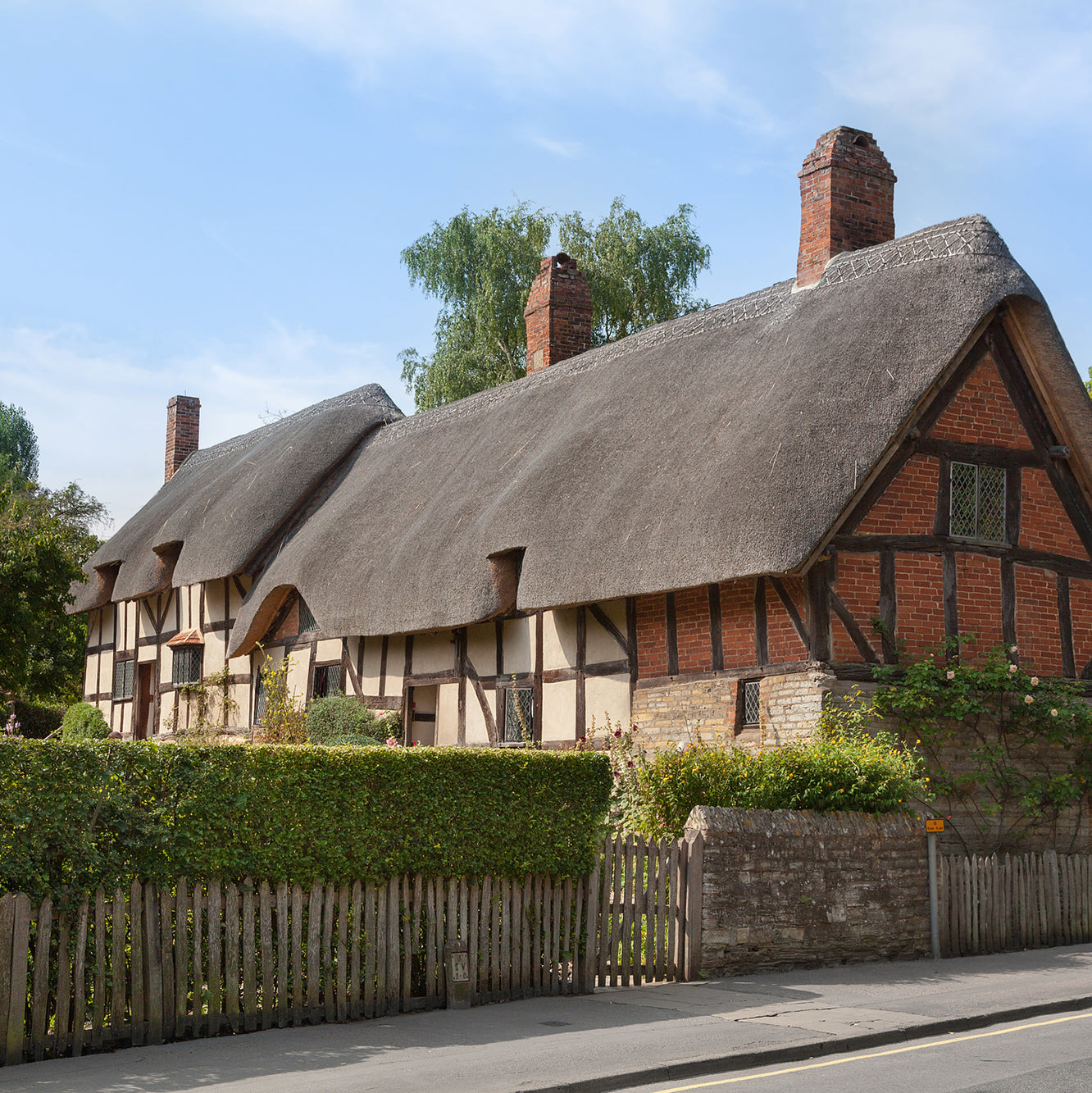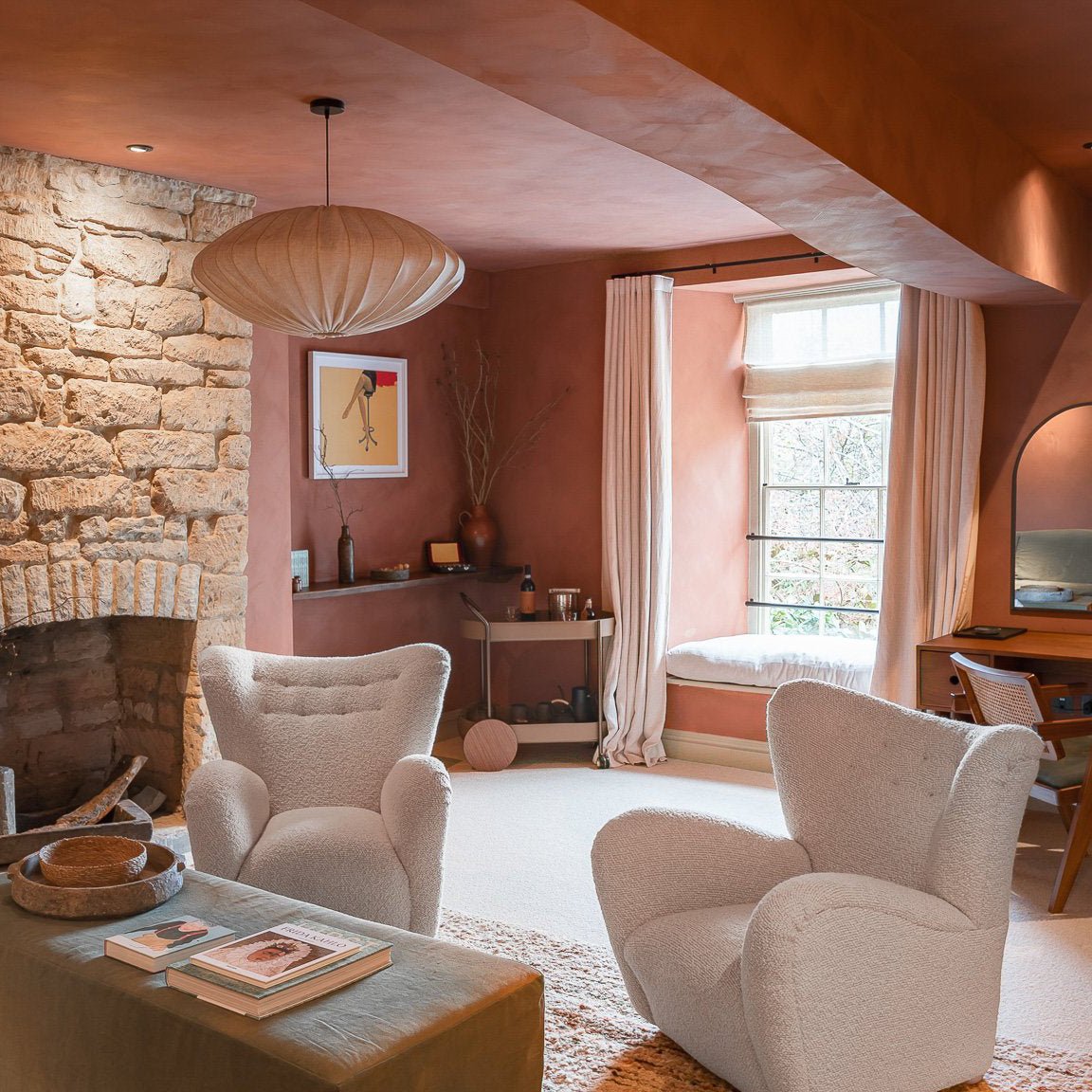MUSINGS, INSPIRATIONS, RECIPES, FEATURES & MORE
LATEST / INTERIORS INSPIRATION / COUNTRY & PERIOD HOUSE GUIDES / MUSINGS / SUSTAINABILITY / FEATURES / HEALTHY LIVING
STYLES WE LOVE : MID-CENTURY MODERN DESIGN
Mid-century modern interior design, a style that emerged in the post-World War II era, continues to captivate design enthusiasts with its clean lines, organic forms, and focus on functionality. Characterized by its simplicity and elegance, mid-century modern design seamlessly blends form and function, creating spaces that are both stylish and practical.

Image left: Decus. Image right: Dave Keune
THE FOUNDATIONS OF MID-CENTURY MODERN DESIGN
The mid-century modern movement emerged in the 1940s and 1950s, a period marked by rapid technological advancements and a desire for a fresh start following the devastation of World War II. Designers of this era sought to create functional and aesthetically pleasing spaces that reflected the changing social and cultural landscape and were inspired by the Bauhaus movement, which emphasized simplicity, functionality, and the use of new materials such as glass, steel, and concrete. Key figures in the mid-century modern movement include Charles and Ray Eames, whose innovative furniture designs, such as the Eames Lounge Chair and the Eames Molded Plastic Chair, became icons of the style. Other notable contributors include Arne Jacobsen, whose Egg chair and Swan chair are considered classics of Danish design, and Florence Knoll, who pioneered the use of modern materials and streamlined forms in furniture design.

Image left: Paradowski Studio. Image right: MF Architecture
THE HALLMARKS OF MID-CENTURY MODERN DESIGN
Mid-century modern interiors are characterized by a set of distinct features that set them apart from other design styles:
Clean Lines and Minimalist Aesthetics: Mid-century modern design emphasizes clean lines, uncluttered spaces, and a minimalist approach to furnishings. This creates a sense of spaciousness and tranquility, allowing the natural beauty of materials and the overall design to shine through.
Natural Materials: Wood, stone, leather, and other natural materials are prevalent in mid-century modern interiors. These materials add warmth, texture, and a connection with nature, creating a sense of authenticity and grounding.
Organic Forms and Geometric Shapes: Mid-century modern design embraces organic forms, such as curves and rounded edges, alongside geometric shapes, such as squares, rectangles, and circles. This interplay of organic and geometric elements creates a visually dynamic and harmonious aesthetic.
Open Floor Plans and Indoor-Outdoor Connection: Mid-century modern homes often feature open floor plans that foster a sense of flow and connection between living spaces. Large windows and sliding glass doors blur the boundaries between indoors and outdoors, allowing natural light to flood the space and creating a sense of connection with the surrounding environment.
Warm and Neutral Color Palette: Mid-century modern interiors typically feature a warm and neutral color palette, often incorporating earthy tones like browns, tans, and greens, as well as accents of brighter colors like mustard yellow, turquoise, or coral. These colors create a sense of warmth, cosiness, and sophistication.

Image left: Commune Design. Image right: Geoffrey De Sousa
INCORPORATING MID-CENTURY MODERN DESIGN INTO YOUR HOME
If you're drawn to the clean lines and timeless appeal of mid-century modern design, you can easily incorporate its elements into your own home. Here are some tips to get you started:
Embrace Minimalism: Declutter your space and remove unnecessary items to create a more spacious and serene atmosphere.
Invest in Quality Furniture: Choose furniture with clean lines, uncluttered shapes, and functional simplicity. Look for pieces from iconic mid-century modern designers or consider investing in reproductions of classic designs.
Introduce Natural Materials: Incorporate natural materials like wood, stone, leather, and linen into your furniture, flooring, and décor. These materials add warmth, texture, and a connection with nature.
Embrace Openness: Open up your floor plan by removing walls or using sliding glass doors to create a more spacious and connected feel.
Utilise Warm Colors: Incorporate a warm and neutral color palette, using earthy tones like browns, tans, and greens, and adding accents of brighter colors like mustard yellow, turquoise, or coral.
Accessorise with Thought: Accessorise your space with carefully chosen pieces that reflect your personal style and add a touch of personality. Consider using handcrafted items, natural elements, and artwork that complements the mid-century modern aesthetic.
Mid-century modern interior design has endured for decades due to its timeless appeal, functionality, and ability to create spaces that are both stylish and calming. By incorporating the key elements of this style into your home, you can create a living space that reflects your appreciation for modern design and provides a haven of comfort and sophistication.




